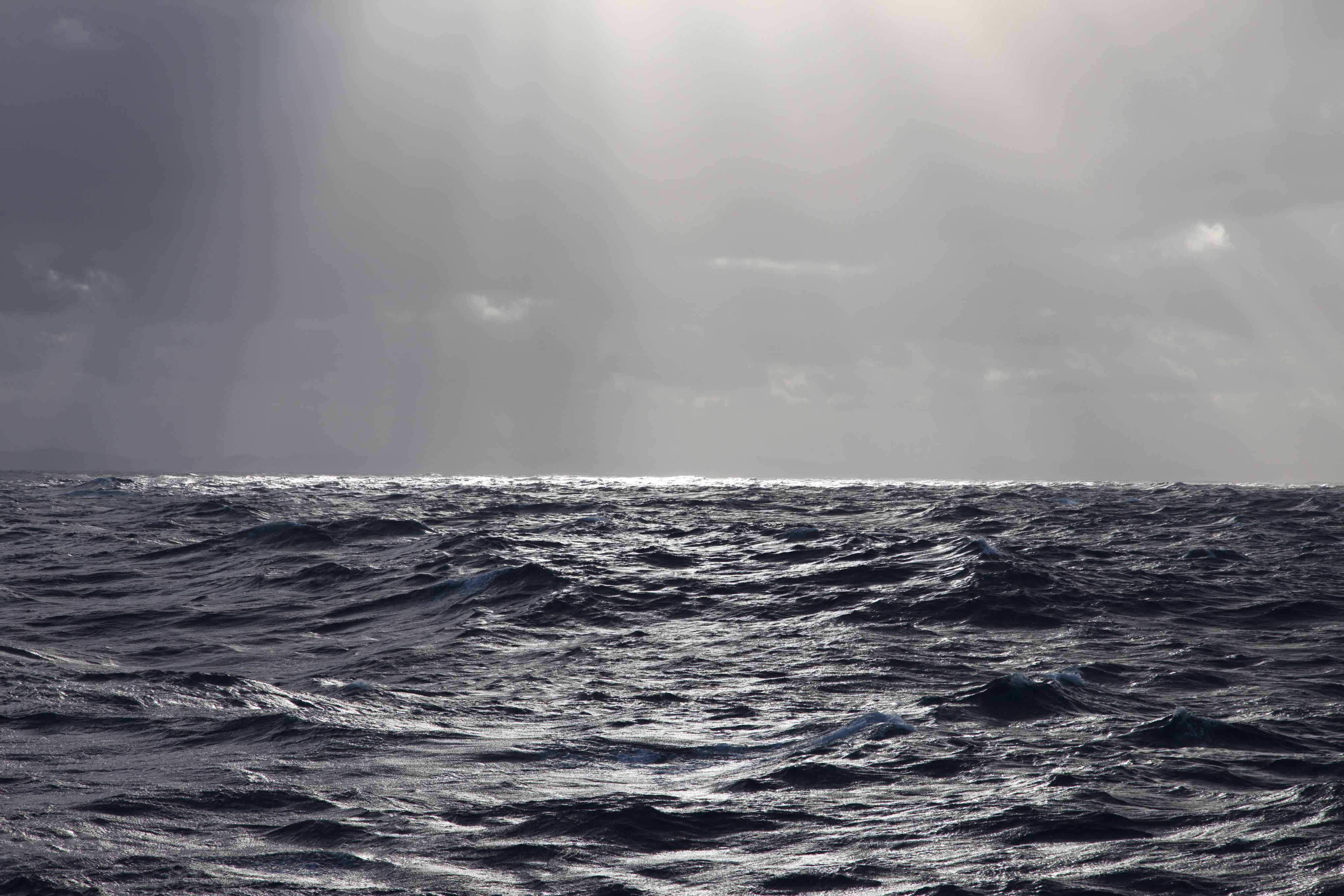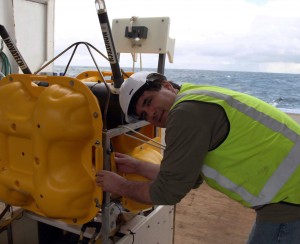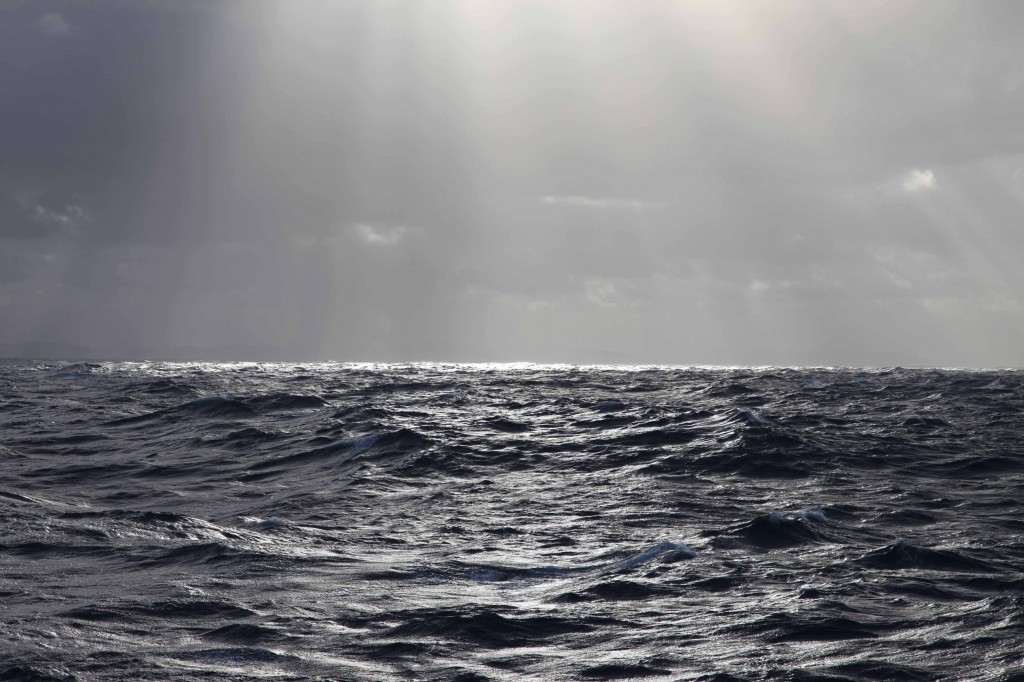Rob is a Professor at Oregon State University in Corvallis, Oregon, and specializes in thermal modeling and measurement of temperature and heat flow. He has participated in over a dozen research cruises on the ocean, including Costa Rica, where the water was “flat as a pancake,” Japan, Cascadia off the coast of Washington, and, of course, New Zealand. His biggest storm experience was in a hurricane in the Atlantic, with 60-mph winds and a 20-foot ship heave (the height the ship moves over the waves). Five of his cruises have been two-month long trips. He is from the San Francisco Bay area originally, and has worked for 20 years on thermal problems. He says his most memorable experience at sea was swimming near Juan de Fuca, where a small boat from their Canadian ship took people away from the ship to swim. This is not so common, because sharks may eat you in open water. On the Tangaroa, streamers from active source seismic surveys have been chewed up by sharks, so it is doubtful any swimmer would survive very long.
He started his career at the University of Utah in Salt Lake City, Utah, and worked on climate change from temperature depth profiles in the Northern Hemisphere. We know surface air temperature profiles for the last 100 years, so we can compare that to what we would expect to see in the ground temperature profiles, and we can extrapolate further. He worked on the Canadian Shield, and also on sedimentary basins. Now he works on the thermal structure of subduction zones, relating the temperature to seismicity. How does temperature affect seismicity? Possible links are dehydration reactions, overpressures, and depletion of fluids, which may lead to earthquakes. Fluids have been implicated in tremor and slow slip from dehydration reactions. Heat is a tracer for fluid flow, so by measuring the temperature, Rob can get an idea of if and where these reactions may be occurring along the subduction zone. His field his highly interdisciplinary, relying on synthesis of data from seismologists, geologists, and other scientists. Right now, he is working on a baseline survey of seafloor temperatures in the HOBITSS deployment area, in preparation for a larger experiment next year, during which over 100 heat flow data points will be collected in New Zealand.
His favorite thing about his job is the sense of discovery and the community of people who are active and engaged, and the adventure. He also likes that every day is different. He says these cruises are a great cultural experience, because often scientists on board are from Europe, Japan, or elsewhere. He completed his postdoctoral work at the University of Miami and MIT. He recommends students take advantage of opportunities that come their way, and enjoy school while they can. In his free time, Rob likes to mountain bike, ski, and relax with his family.



